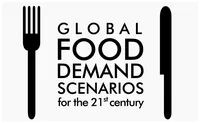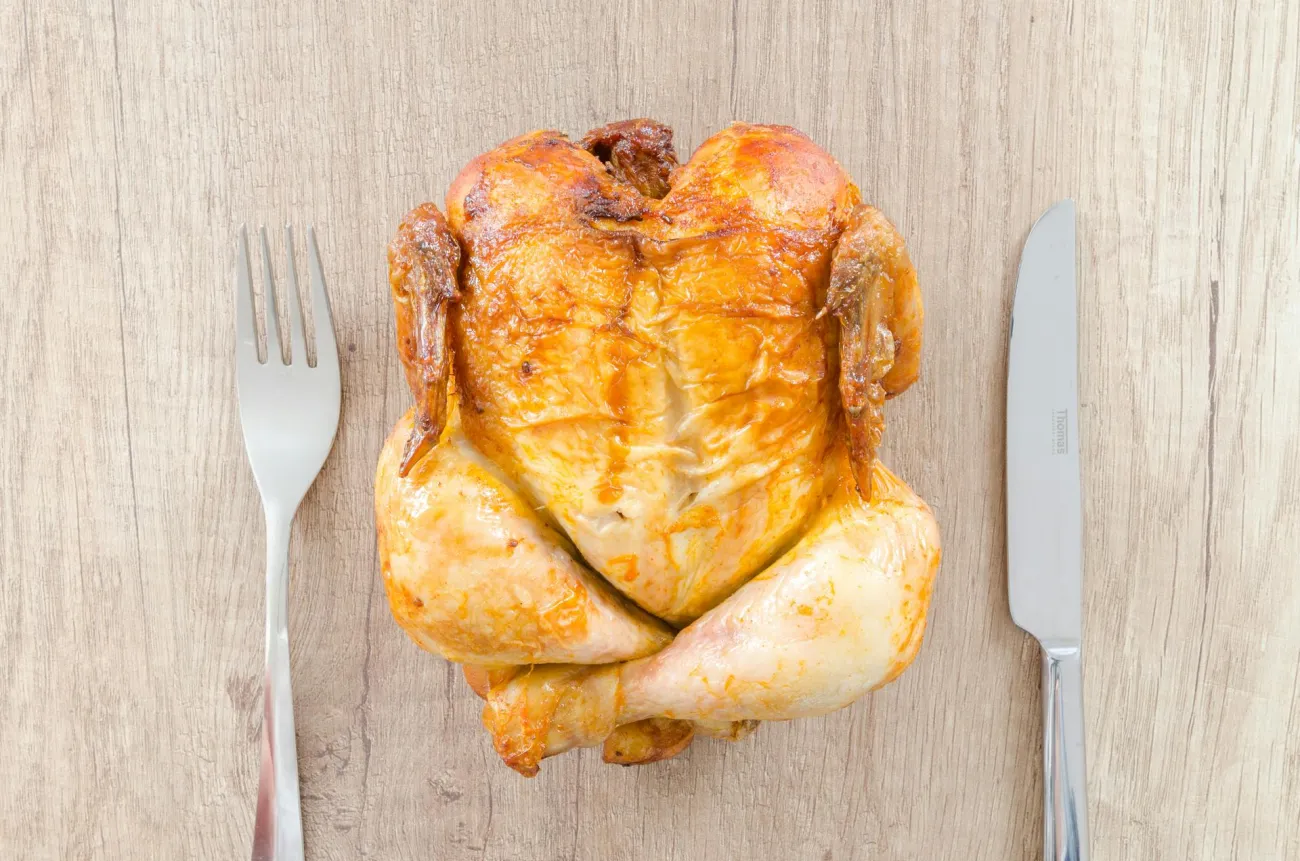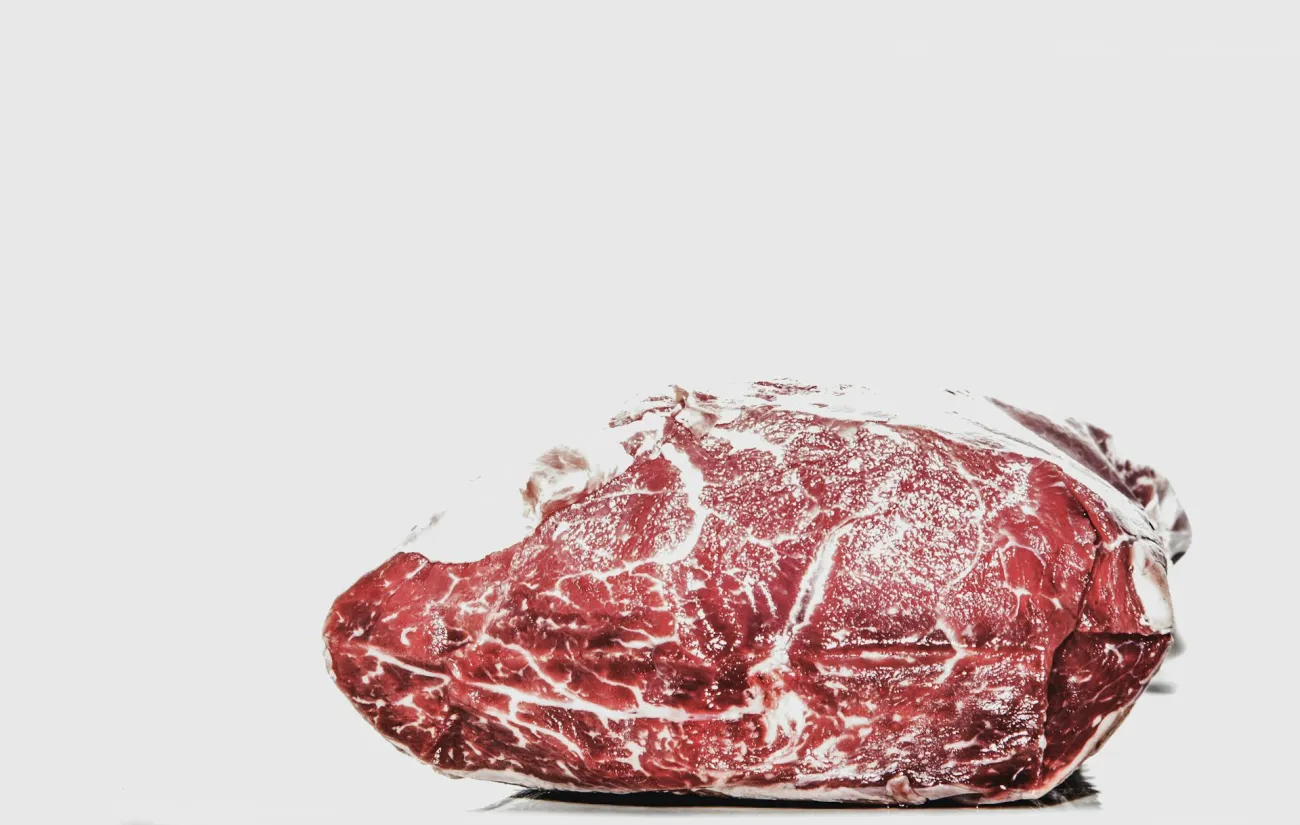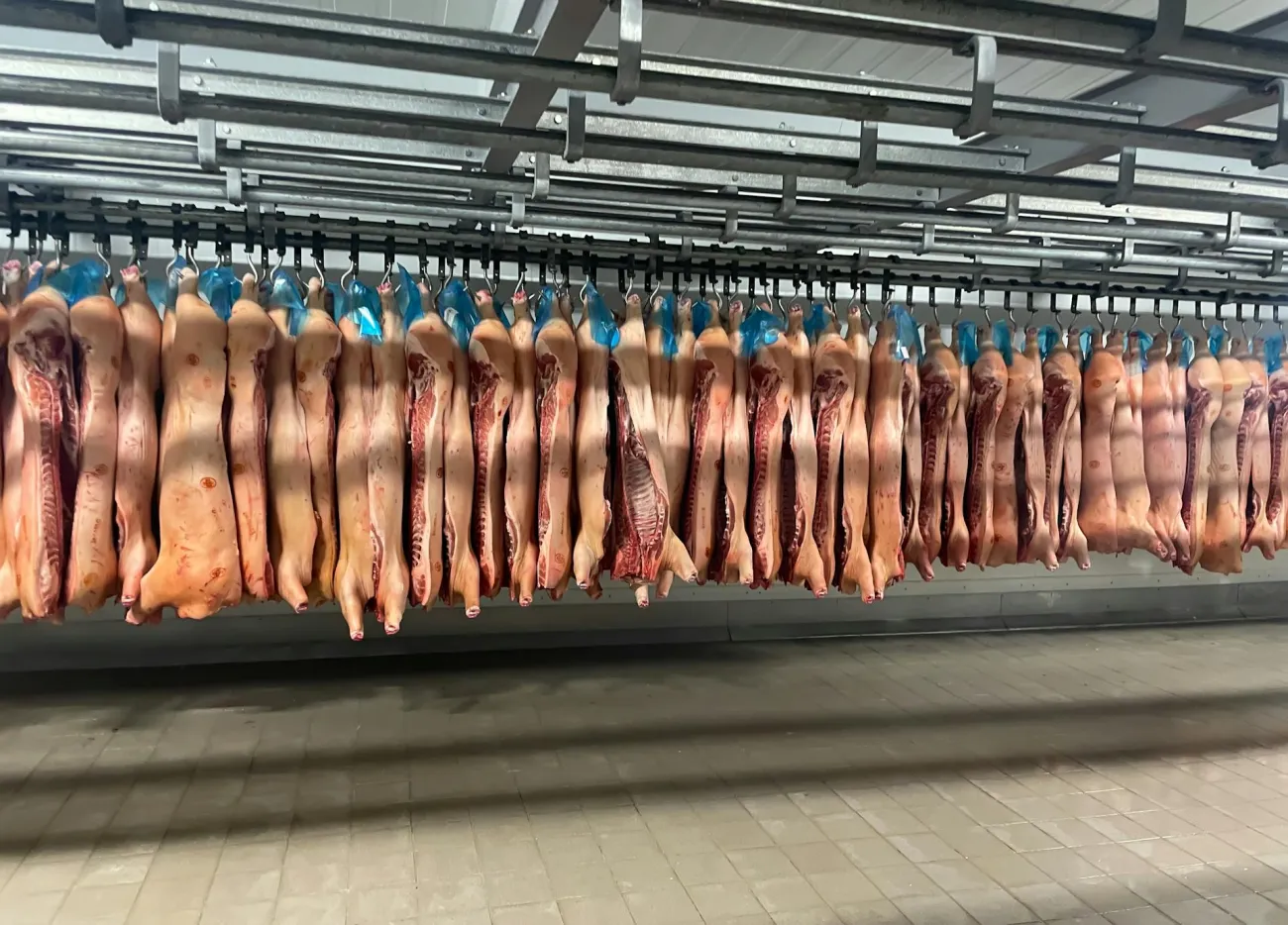This paper published in PLOS ONE, entitled Global Food Demand Scenarios for the 21st Century, describes a transparent method for constructing specific food demand scenarios for total and animal-based calories. It requires only population and income projections as input, with no information on the food supply side needed.

The tool is intended to support the work of other scientists who require food demand scenarios as input for policy-relevant studies on food security, environmental assessments, or agricultural outlooks. It enables the construction of scenarios that are flexible regarding the time horizon and can provide information at the national level, which can then be aggregated to regions of any size and location. As an example the authors apply the tool to the IPCC’s SRES scenarios but emphasise that any scenario could be used.
Applying the model to the SRES scenarios yields this result for the number of overall calories coming from animal products – consumption tapers off in the latter half of the 21st century for three of the four scenarios and is lowest in the BI storyline.

Abstract
Long-term food demand scenarios are an important tool for studying global food security and for analysing the environmental impacts of agriculture. We provide a simple and transparent method to create scenarios for future plant-based and animal-based calorie demand, using time-dependent regression models between calorie demand and income. The scenarios can be customized to a specific storyline by using different input data for gross domestic product (GDP) and population projections and by assuming different functional forms of the regressions. Our results confirm that total calorie demand increases with income, but we also found a non-income related positive time-trend. The share of animal-based calories is estimated to rise strongly with income for low-income groups. For high income groups, two ambiguous relations between income and the share of animal-based products are consistent with historical data: First, a positive relation with a strong negative time-trend and second a negative relation with a slight negative time-trend. The fits of our regressions are highly significant and our results compare well to other food demand estimates. The method is exemplarily used to construct four food demand scenarios until the year 2100 based on the storylines of the IPCC Special Report on Emissions Scenarios (SRES). We find in all scenarios a strong increase of global food demand until 2050 with an increasing share of animal-based products, especially in developing countries.
Citation
Bodirsky BL, Rolinski S, Biewald A, Weindl I, Popp A, Lotze-Campen H (2015) Global Food Demand Scenarios for the 21st Century. PLoS ONE 10(11): e0139201. doi:10.1371/journal.pone.0139201
You can find a press-release of the article here.
Read the full journal article open access here.
Read more about food consumption and diets in general, consumption and production trends, dietary trends, calories, population, meat eggs and alternatives and the methods, theories and tools keyword category on decision making tools.




Comments (0)